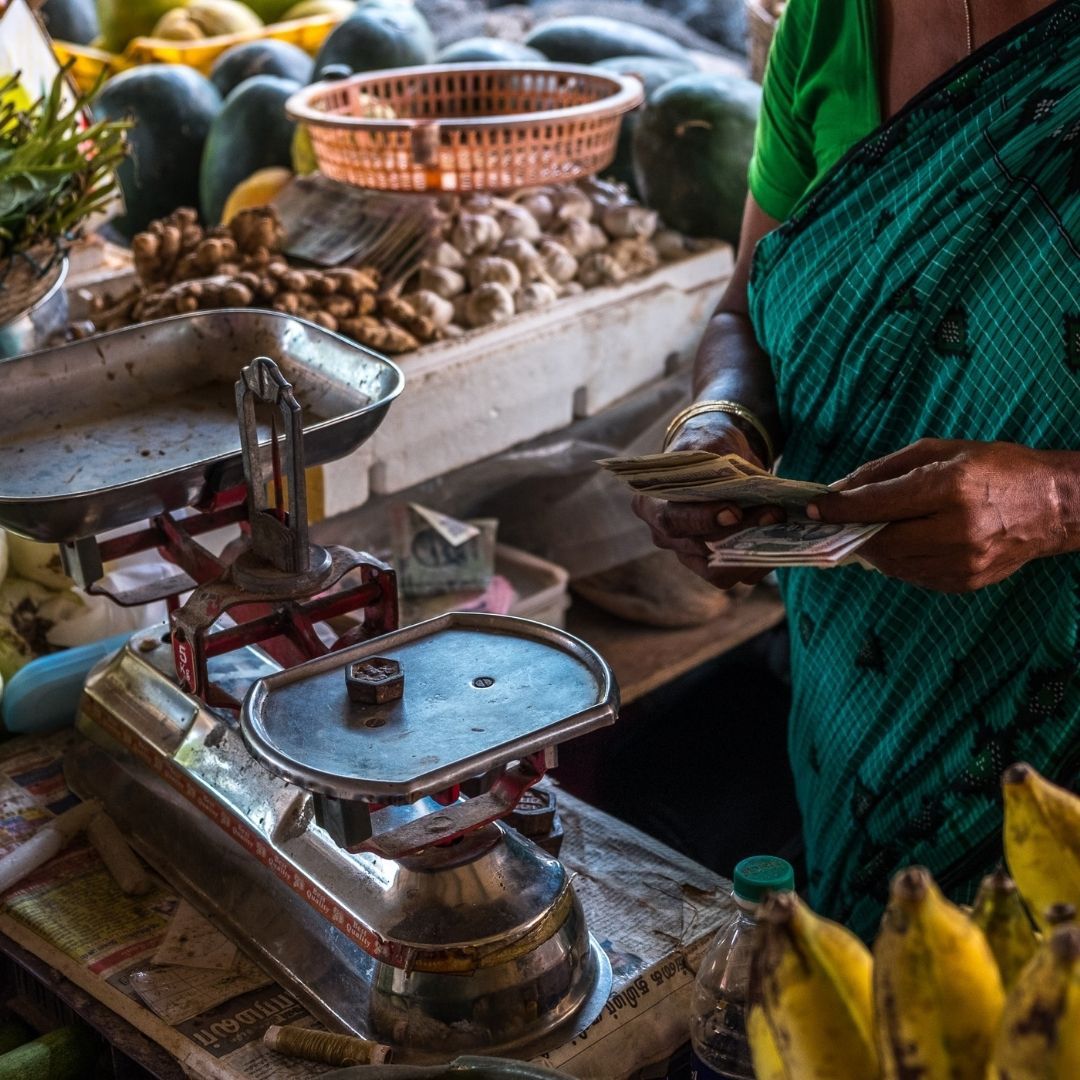
Image Credit: Unsplash
Consumer Pyramids Survey: Income Inequality Decreases Despite Increase In Poverty Levels
Writer: Ratika Rana
Her primary objective is to inform, promote, educate and cultivate readers through writing.
India, 28 March 2022 1:45 PM GMT
Editor : Ankita Singh |
A literature lover who likes delving deeper into a wide range of societal issues and expresses her opinions about the same. Keeps looking for best-read recommendations while enjoying her coffee and tea.
Creatives : Ratika Rana
Her primary objective is to inform, promote, educate and cultivate readers through writing.
In 2019, the average monthly income of households in the top 25% and bottom 25% of the income distribution was approximately ₹45,000 and ₹8,000, respectively, in urban areas, and ₹22,500 and ₹7,500, respectively, in rural areas.
COVID-induced crises were not limited to health and impacted all growth sectors within a country. While two-thirds of the economy was affected by COVID-19, nearly five million people lost their lives directly or indirectly because of the pandemic. Therefore, predictably, the overall economy of the country witnessed devastating lows. Even though there has been a V-shaped recovery, the output level in the country is still 10 per cent lower than that of 2019. Therefore, poverty rose inevitably during the pandemic. Moreover, the World Bank defined extreme poverty as the percentage of the population with an income below $1.90, which rose from 7.6% in November 2019 to 11.7% in July 2021.
Even as the poverty levels touched new heights, the income inequality in the country diminished. The income difference between the top 25 per cent and the bottom 25 per cent was approximately ₹ 45,000 and ₹8,000, respectively. Even though the income of the top quartile significantly reduced during the pandemic, the payment of the lowest quartile remained at the pre-pandemic levels, the Consumer Pyramids Survey 2021 reported.
Primary Sources Of Income For Indian Households
The three primary sources of income for a majority of the Indians came from government transfers, business profits, and labour income. Government transfers are cash or in-kind payments. Profits may be from any business, a food cart, a farm, or a manufacturing plant. Labour income is wages earned from hourly work or employment contracts. At the same time, only 30 percent of workers in the bottom quartile worked in the service sector, whereas over 45 percent of those from top quartile households do. During the pandemic, consumer spending on services fell by 30%-40%, far more than the decline in expenditure on manufacturing or agriculture.
However, as the economy is finally racing to exceed the pre-pandemic levels, the threat of the income inequalities returning to the pre-pandemic levels emerges yet again. The governments are partly tending to the situation by providing schemes to ensure food security and livelihoods to the rural and poor population in the country.
Also Read: Almost 20,000 Street Children Identified In India During Rehabilitation Process, Says NCPCR
 All section
All section














